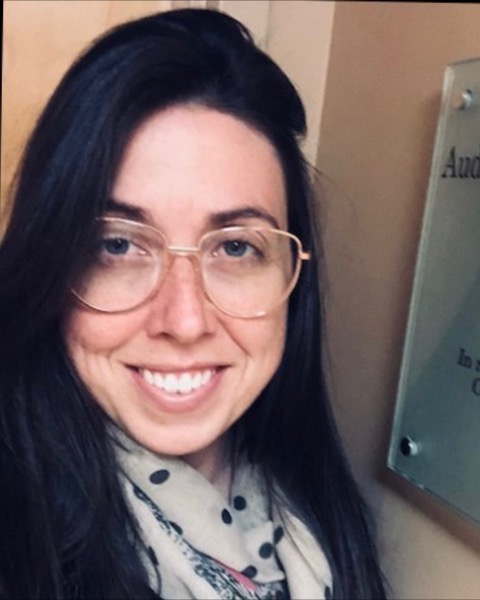Adult Diagnostic (AD)
PP1614 - Using Extended High-Frequency Audiometry Results to Guide Cases of Borderline Hearing Aid Candidacy
- AS
Andreas SEELISCH, MS (he/him/his)
Director, Audiology
Hearing Solutions
London, Ontario, CanadaDisclosure(s): Hearing Solutions: Consultant/Advisory Board (Ongoing), Employment (Ongoing)

Sally Norris, BMus MA MClSc
Clinical Audiologist
Hearing Solutions
London, Ontario, CanadaFinancial Disclosures: I do not have any relevant financial relationships with anything to disclose.
Non-Financial Disclosures: I do not have any relevant non-financial relationships with anything to disclose.- AH
Adrienne L. Harrison, HBSc; MClSc (she/her/hers)
Clinical Audiologist
Hearing SolutionsFinancial Disclosures: I do not have any relevant financial relationships with anything to disclose.
Non-Financial Disclosures: I do not have any relevant non-financial relationships with anything to disclose.
Lead Presenter(s)
Contributor(s)
There remains poor consensus on how to manage cases of mild hearing loss. Additional confusion arises in the face of normal audiometric findings when hearing difficulties are reported, such as with hidden hearing losses. As clinicians lack clear audiometric criteria for hearing aid candidacy, there is significant variability in how clinicians resolve such cases. It is suspected that extended high-frequency audiometry may be sensitive to some forms of hidden hearing loss and act as a helpful criterion for hearing aid candidacy in borderline cases. Results may help guide counselling and treatment recommendations giving confidence to clinicians and patients alike.
Summary:
Objectives: This study explores whether adding extended high frequency (EHF) audiometry to a standard diagnostic test battery influences counselling, treatment recommendations or hearing aid uptake.
Rationale: There is a significant body of literature that indicates standard audiometric findings alone are a poor predictor of hearing aid candidacy and hearing aid uptake. Studies have illustrated there is especially poor consensus on how mild losses are managed. With no clear audiometric criteria for hearing aid candidacy, there is significant variability in how clinicians resolve these cases. It is hypothesized that EHF audiometry may be sensitive to hearing difficulties for a subset of individuals with otherwise clinically insignificant findings. Access to these results may better inform clinicians on how to manage cases and support hearing aid uptake where results confirm patient experiences.
Design: A sample of 433 assessments yielding normal pure tone averages were analyzed. The samples were separated into groups in which EHF audiometry was either completed or not completed. Groups were compared for trends pertaining to outcomes such as results informing counselling, treatment recommendations, and hearing aid uptake.
Results: Most of the cases reviewed included clinical findings in the standard audiometric range that would likely have been viewed as clinically insignificant. A subset in the EHF testing group appears to have counselling, treatment recommendations and possibly hearing aid uptake influenced as a result of the added measures. Among the group where EHF testing was not completed, opportunities for EHF testing emerged. Cases in which EHF testing was completed may help inform possible missed opportunities among the not tested group.
Conclusions: EHF audiometry findings appear to have some impact on hearing aid recommendations, counselling styles and uptake for a subset of patients with normal pure tone averages. These findings help inform clinicians to what extent EHF results can be used as a criterion for hearing aid recommendations and improved counselling for patients in this population. It was also noted in the results that EHF testing only appears to be sensitive to some forms of hidden hearing loss and not others.
Learning Objectives:
- apply extended high-frequency audiometry results to cases of borderline hearing aid candidacy.
